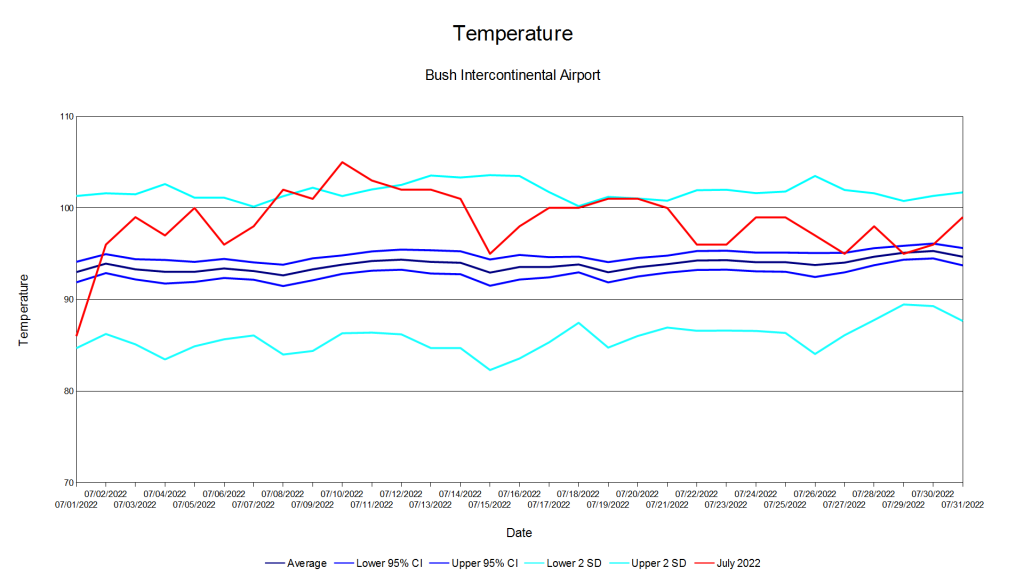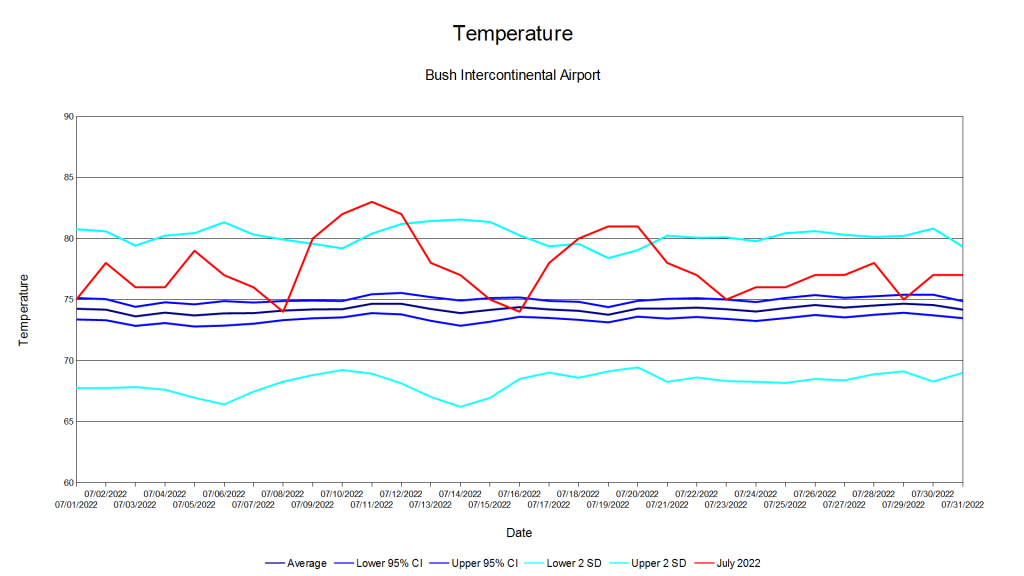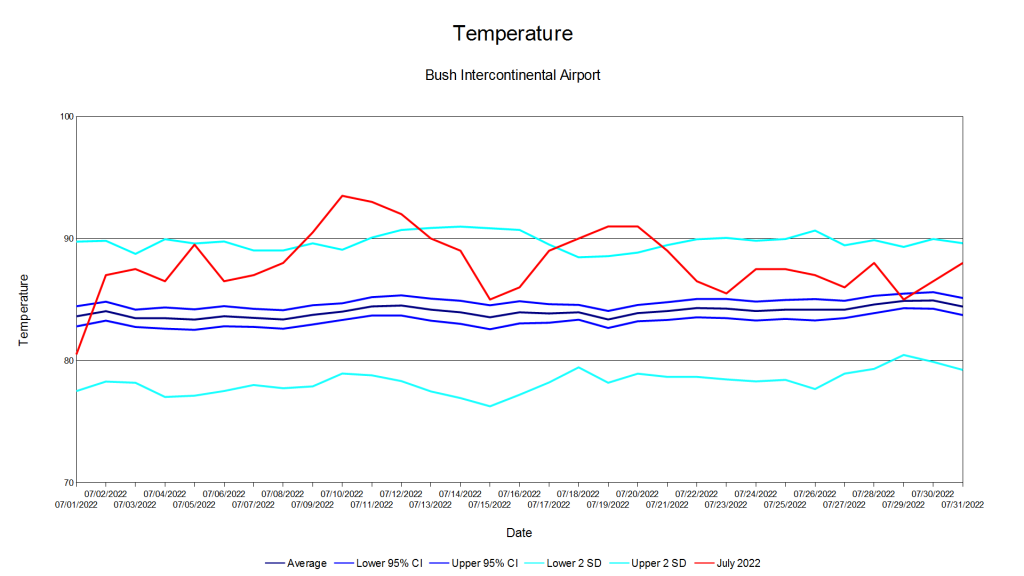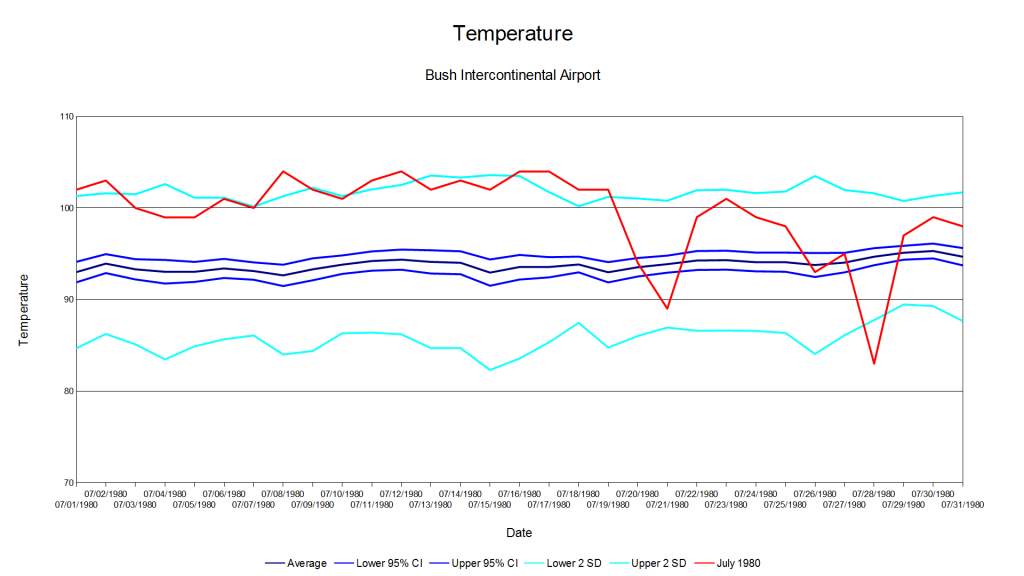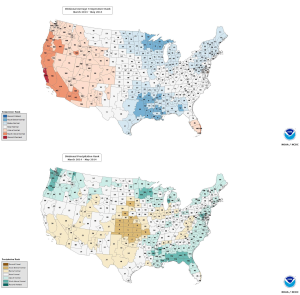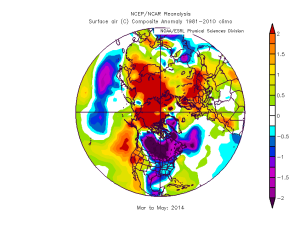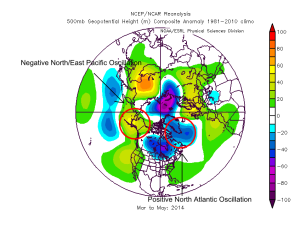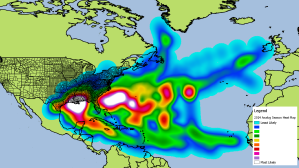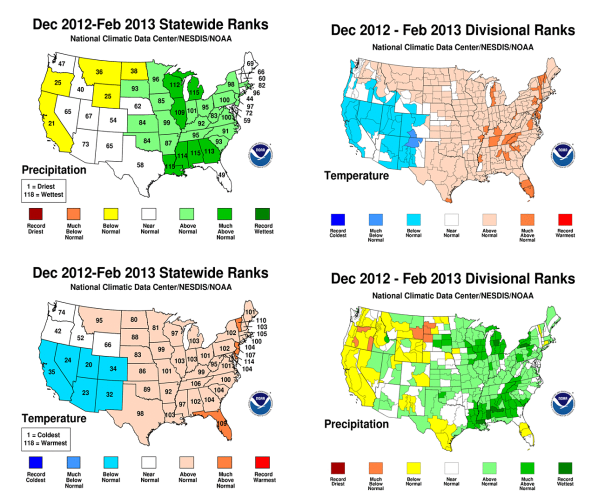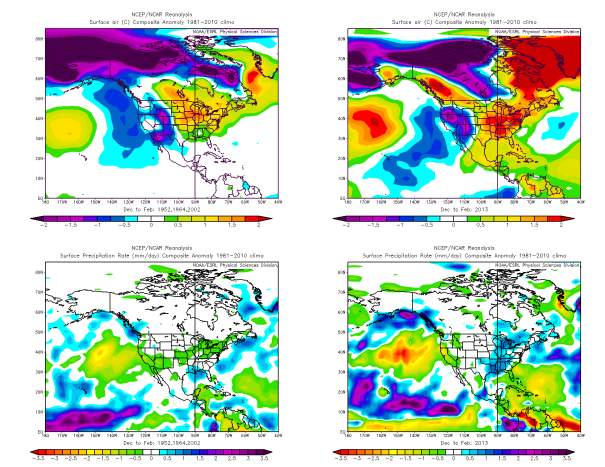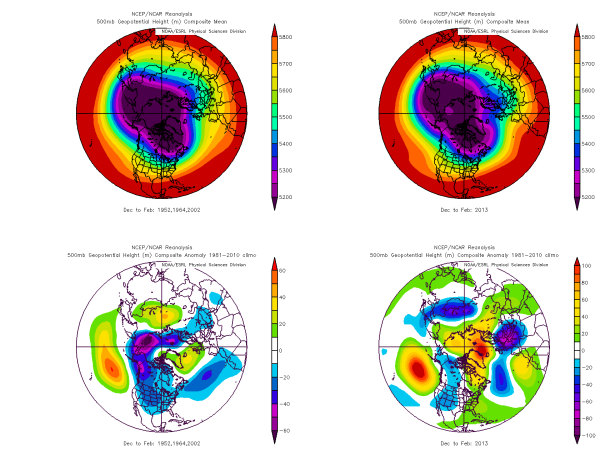
The Atlantic is heating up with Paulette, Rene, Sally, Teddy, and Vicky. Rene is no more, while Paulette and Sally are hurricanes. Sally is the biggest threat as it is in the Gulf of Mexico, which I will discuss later. There are monster wildfires burning in California, Oregon, and Washington. This is all on top of the COVID-19 pandemic. As of 9/14/2020, there are over 29 million confirmed cases of COVID-19 with more than 932,000 deaths. There are over 7 million who are currently infected with more than 60,000 who are severely ill. It is from Worldometer. If you want to read my analysis on COVID-19, check out my other blog, The Ebola Zone. 2020 has been nothing but a terrible year all around no matter how one spins it. The whole world is of never ending disasters ranging from public health to weather. So much ground the cover.
The whole West is on fire. The whole West is covered in thick and acrid smoke. It is from Regional and Mesoscale Meteorology Branch (RAMMB)

Here is a heat map of active wildfires in the past 7 days. It is from Visible Infrared Imaging Radiometer Suite (VIIRS), which has a resolution of 375 meters or 1,230 feet. It is from NASA Active Fire Data. The heatmap is within 100 mile/160 kilometers radius from the point show.

It is really dire in the Western US. The whole West is on fire. Dire is a severe understatement. The death toll is probably going to be high once it is all over. Here is a Dense Smoke Advisory from NWS Reno.
URGENT - WEATHER MESSAGE
National Weather Service Reno NV
218 PM PDT Mon Sep 14 2020
CAZ070>073-NVZ001>005-160000-
/O.NEW.KREV.SM.Y.0009.200914T2118Z-200916T0000Z/
Surprise Valley California-Lassen-Eastern Plumas-
Eastern Sierra Counties-Greater Lake Tahoe Area-Mono County-
Mineral and Southern Lyon Counties-Greater Reno-Carson City-
Minden Area-Western Nevada Basin and Range including Pyramid Lake-
Northern Washoe County-
Including the cities of Cedarville, Eagleville, Fort Bidwell,
Portola, Susanville, Westwood, Sierraville, Loyalton,
South Lake Tahoe, Tahoe City, Truckee, Markleeville, Bridgeport,
Coleville, Lee Vining, Mammoth Lakes, Hawthorne, Yerington,
Smith Valley, Mina, Schurz, Stateline, Glenbrook,
Incline Village, Sparks, Verdi, Gardnerville, Virginia City,
Fernley, Fallon, Lovelock, Silver Springs, Nixon, Imlay, Empire,
and Gerlach
218 PM PDT Mon Sep 14 2020
...DENSE SMOKE ADVISORY IN EFFECT UNTIL 5 PM PDT TUESDAY...
* WHAT...Light west-southwest winds will continue to push smoke
into the region from several wildfires burning across
California. The near-surface smoke concentration may improve
during the afternoon today and tomorrow but looks to degrade
during the evening and overnight hours through Tuesday.
* WHERE...Western Nevada Basin and Range including Pyramid Lake,
Mineral and Southern Lyon Counties, Mono County, Surprise
Valley California, Lassen-Eastern Plumas-Eastern Sierra
Counties, Greater Lake Tahoe Area, Greater Reno-Carson City-
Minden Area and Northern Washoe County.
* WHEN...Until 5 PM PDT Tuesday.
* IMPACTS...Poor air quality and reduced visibility below one mile
in areas. Check airnow.gov for updated air quality information.
* ADDITIONAL DETAILS...The areas which will see the highest risk
of dense smoke will be the Eastern Sierra, Carson Valley, Smith
Valley, Hawthorne, and northeastern California.
PRECAUTIONARY/PREPAREDNESS ACTIONS...
Stay indoors as much as possible when smoke is present. Avoid
strenuous activity, especially if you are sensitive to poor air
quality, such as the elderly, children and anyone with chronic
illness or respiratory problems. Consider postponing outdoor
activities. Check airnow.gov for the latest air quality
information.
&&
$$
For more information from the National Weather Service visit
http://weather.gov/rev
People are advised to stay indoor. That is nearly impossible for people who have to evacuate in the fire zone. I do not know when the fires will end. The sooner the better. Anyways, let’s go to Hurricane Sally.
Hurricane Sally is a Category 2 hurricane with 100 mph winds. This as of 10:00 PM CDT from the National Hurricane Center (NHC). It is close to the coast and moving slowly.
000
WTNT34 KNHC 150311 CCA
TCPAT4
BULLETIN
Hurricane Sally Advisory Number 15...Corrected
NWS National Hurricane Center Miami FL AL192020
1000 PM CDT Mon Sep 14 2020
Corrected Storm Surge Hazards section
...OUTER RAIN BANDS MOVING ONSHORE IN THE FLORIDA PANHANDLE...
...LIFE-THREATENING STORM SURGE, HURRICANE-FORCE WINDS, AND FLASH
FLOODING LIKELY ALONG PORTIONS OF THE NORTHERN GULF COAST STARTING
LATER TONIGHT AND TUESDAY...
SUMMARY OF 1000 PM CDT...0300 UTC...INFORMATION
-----------------------------------------------
LOCATION...28.9N 87.6W
ABOUT 90 MI...145 KM E OF THE MOUTH OF THE MISSISSIPPI RIVER
ABOUT 130 MI...210 KM SE OF BILOXI MISSISSIPPI
MAXIMUM SUSTAINED WINDS...100 MPH...155 KM/H
PRESENT MOVEMENT...WNW OR 300 DEGREES AT 3 MPH...6 KM/H
MINIMUM CENTRAL PRESSURE...986 MB...29.12 INCHES
WATCHES AND WARNINGS
--------------------
CHANGES WITH THIS ADVISORY:
The Hurricane Warning west of Grand Isle to Morgan City, Louisiana,
has been downgraded to a Tropical Storm Warning.
SUMMARY OF WATCHES AND WARNINGS IN EFFECT:
A Storm Surge Warning is in effect for...
* Port Fourchon Louisiana to the Okaloosa/Walton County Line Florida
* Lake Pontchartrain, Lake Maurepas, and Lake Borgne
* Mobile Bay
A Hurricane Warning is in effect for...
* Grand Isle Louisiana to the Navarre Florida
* Lake Pontchartrain and Lake Maurepas including metropolitan New
Orleans
A Tropical Storm Warning is in effect for...
* East of of Navarre Florida to Indian Pass Florida
* West of Grand Isle to Morgan City Louisiana
A Storm Surge Warning means there is a danger of life-threatening
inundation, from rising water moving inland from the coastline,
during the next 36 hours in the indicated locations. For a depiction
of areas at risk, please see the National Weather Service Storm
Surge Watch/Warning Graphic, available at hurricanes.gov. This is a
life-threatening situation. Persons located within these areas
should take all necessary actions to protect life and property from
rising water and the potential for other dangerous conditions.
Promptly follow evacuation and other instructions from local
officials.
A Hurricane Warning means that hurricane conditions are expected
somewhere within the warning area. Preparations to protect life
and property should be rushed to completion.
A Tropical Storm Warning means that tropical storm conditions are
expected somewhere within the warning area within 36 hours.
For storm information specific to your area, including possible
inland watches and warnings, please monitor products issued by your
local National Weather Service forecast office.
DISCUSSION AND OUTLOOK
----------------------
At 1000 PM CDT (0300 UTC), the center of Hurricane Sally was located
near latitude 28.9 North, longitude 87.6 West. Sally is moving
toward the west-northwest near 3 mph (6 km/h) and this motion is
expected to continue through Tuesday morning. A northward turn is
likely by Tuesday afternoon, and a slow north-northeastward to
northeastward motion is expected Tuesday night through Wednesday
night. On the forecast track, the center of Sally will move near
the coast of southeastern Louisiana tonight and Tuesday, and make
landfall in the hurricane warning area Tuesday night or Wednesday.
Maximum sustained winds are near 100 mph (155 km/h) with higher
gusts. Some strengthening is forecast early Tuesday and Sally is
expected to be a dangerous hurricane when it moves onshore along the
north-central Gulf coast.
Hurricane-force winds extend outward up to 45 miles (75 km) from the
center and tropical-storm-force winds extend outward up to 125 miles
(205 km). A buoy south of Dauphin Island, Alabama, recently
reported sustained winds of 61 mph (98 km/h) and a wind gust of 69
mph (111 km/h).
The estimated minimum central pressure based on data from the
NOAA and Air Force Hurricane Hunters is 986 mb (29.12 inches).
HAZARDS AFFECTING LAND
----------------------
Key messages for Sally can be found in the Tropical Cyclone
Discussion under AWIPS header MIATCDAT4 and WMO header WTNT44 KNHC,
and on the web at www.hurricanes.gov/text/MIATCDAT4.shtml
STORM SURGE: The combination of a dangerous storm surge and the
tide will cause normally dry areas near the coast to be flooded by
rising waters moving inland from the shoreline. The water could
reach the following heights above ground somewhere in the indicated
areas if the peak surge occurs at the time of high tide...
Mouth of the Mississippi River to Dauphin Island including Lake
Borgne...6-9 ft
Mobile Bay...6-9 ft
Lake Pontchartrain and Lake Maurepas...3-5 ft
Dauphin Island to AL/FL Border...4-7 ft
Port Fourchon to Mouth of the Mississippi River...2-4 ft
AL/FL Border to Okaloosa/Walton County Line including Pensacola Bay
an Choctawhatchee Bay...2-4 ft
Okaloosa/Walton County Line to Chassahowitzka including Saint Andrew
Bay...1-3 ft
Burns Point to Port Fourchon...1-2 ft
Overtopping of local levees outside of the Hurricane and Storm
Damage Risk Reduction System is possible where local inundation
values may be higher than those shown above.
The deepest water will occur along the immediate coast in areas of
onshore winds, where the surge will be accompanied by large and
damaging waves. Surge-related flooding depends on the relative
timing of the surge and the tidal cycle, and can vary greatly over
short distances. For information specific to your area, please see
products issued by your local National Weather Service forecast
office.
WIND: Hurricane conditions are expected to begin within the
hurricane warning area later tonight and Tuesday. Tropical storm
conditions expected to begin within the warning area during the
next few hours.
RAINFALL: Sally is expected to be a slow moving system as it
approaches land, producing 8 to 16 inches of rainfall with isolated
amounts of 24 inches over portions of the central Gulf Coast from
the western Florida Panhandle to far southeastern Mississippi
through the middle of the week. Life-threatening flash flooding is
likely. In addition, this rainfall will likely lead to widespread
minor to isolated major flooding on area rivers.
Sally is forecast to turn inland early Wednesday and track across
the Southeast producing rainfall of 4 to 8 inches, with isolated
maximum amounts of 12 inches, across portions of eastern
Mississippi, central Alabama, northern Georgia, southeastern
Tennessee, and the western Carolinas. Significant flash and urban
flooding is likely, as well as widespread minor to moderate flooding
on some rivers.
Outer bands of Sally could produce additional rainfall of 1 to 3
inches across the Florida peninsula through tonight. This rainfall
may produce flash and urban flooding and prolong high flows and
ongoing minor flooding on rivers across central Florida.
TORNADOES: A tornado or two will be possible late tonight through
early Tuesday in coastal areas of the Florida Panhandle and Alabama.
The threat for tornadoes should increase and slowly spread inland
during the day on Tuesday.
SURF: Swells from Sally will continue to affect the coast from the
Florida Big Bend westward to southeastern Louisiana during the next
couple of days. These swells are likely to cause life-threatening
surf and rip current conditions. Please consult products from your
local weather office.
NEXT ADVISORY
-------------
Next intermediate advisory at 100 AM CDT.
Next complete advisory at 400 AM CDT.
$$
Forecaster Cangialosi/Stewart
How strong will Sally get? Here is an intensity forecast. The data and intensity forecast are from NCAR-Tropical Cyclone Guidance.

Most forecast model keep Sally at Category 2. The exception is SHF5, which has it as a Category 3 hurricane. I think Sally will become a Category 3 hurricane and make landfall as one somewhere along the Central Gulf Coast. Many are wondering where Sally will go. Here is a heat map using points within 300 mile/480 kilometers radius. I used the latest forecast, which is 0000Z. All GIS maps are created from QGIS.

Most models have Sally making landfall on Mississippi or Alabama on Tuesday night to early Wednesday morning. The slow motion of the hurricane increases chance of higher storm surge and heavier rain. Flooding would be a serious problem for areas affected by Sally. As I am typing, tropical storm force winds are affecting Alabama, Florida, and Louisiana. It should reach Mississippi later tonight.
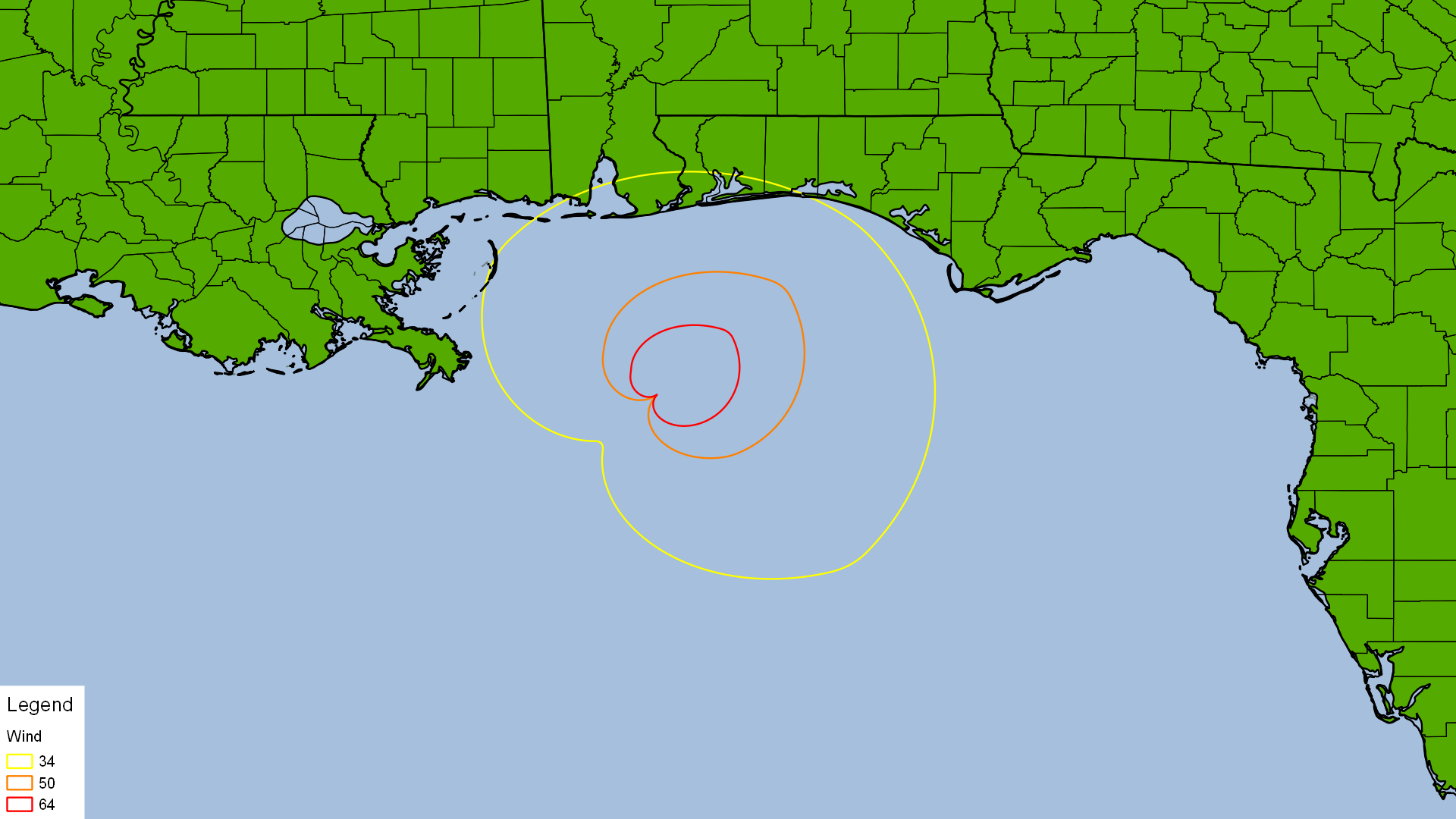
Hurricane force winds extend up to 45 miles from the center with tropical storm force winds extending up to 125 miles. Sally is not a large hurricane. Smaller hurricanes produce lower storm surge. However, the slow movement is likely to produce higher storm surge. It is also the width and and slope of the ocean bottom that is a factor as well. The area where Sally is has produced monster storm surge from Camille and Katrina. I am not expecting storm surge comparable to Camille or Katrina at this time.
So much weather events going on in America on top of COVID-19 pandemic that is ravaging the world. Hopefully, anyone who needed to evacuate did evacuate.

